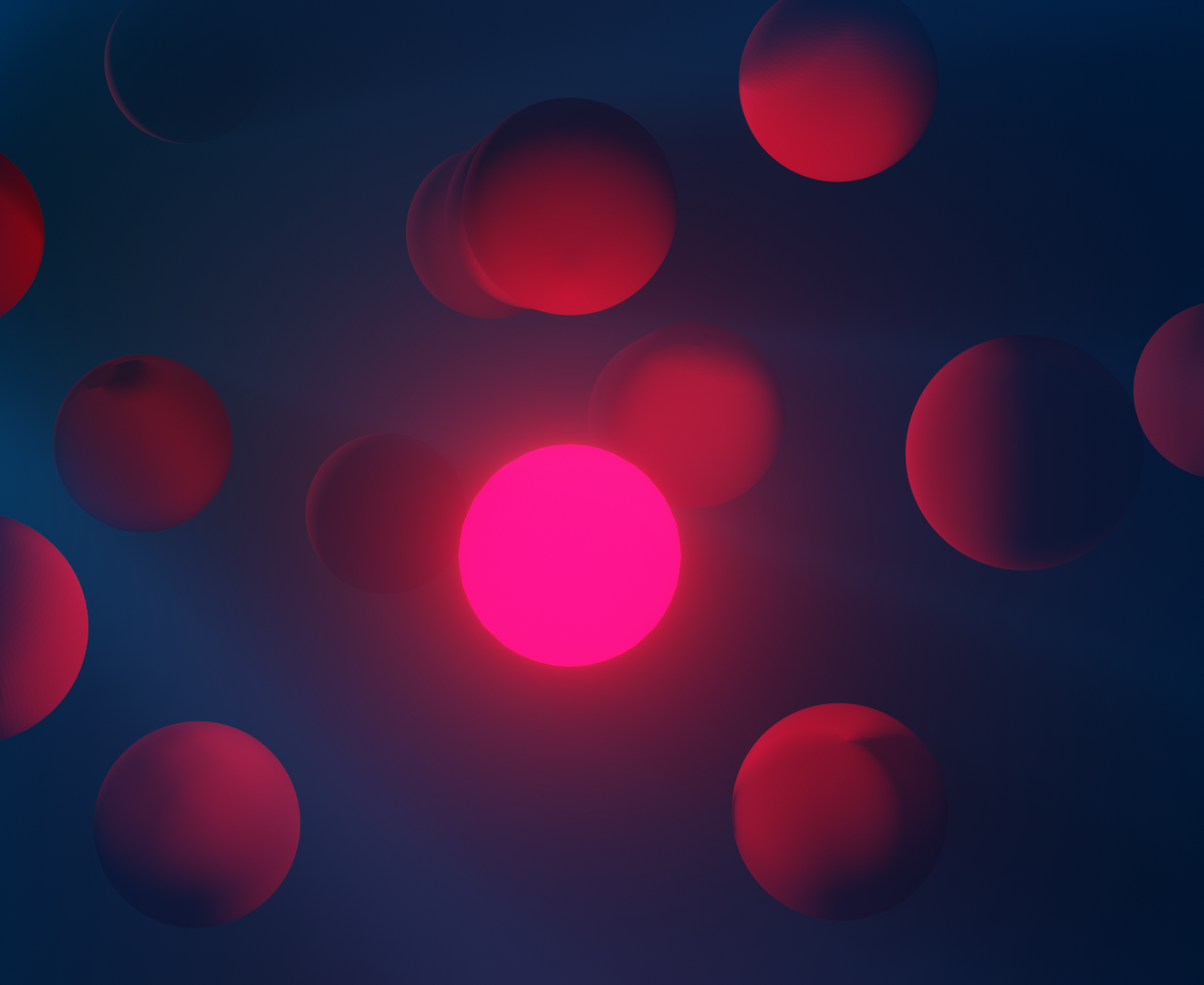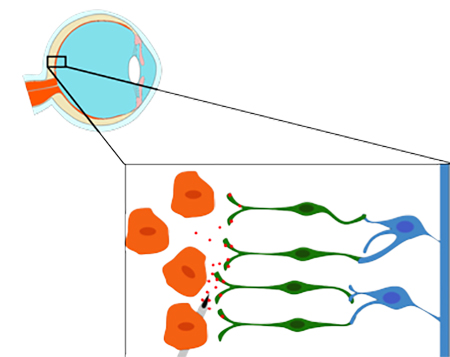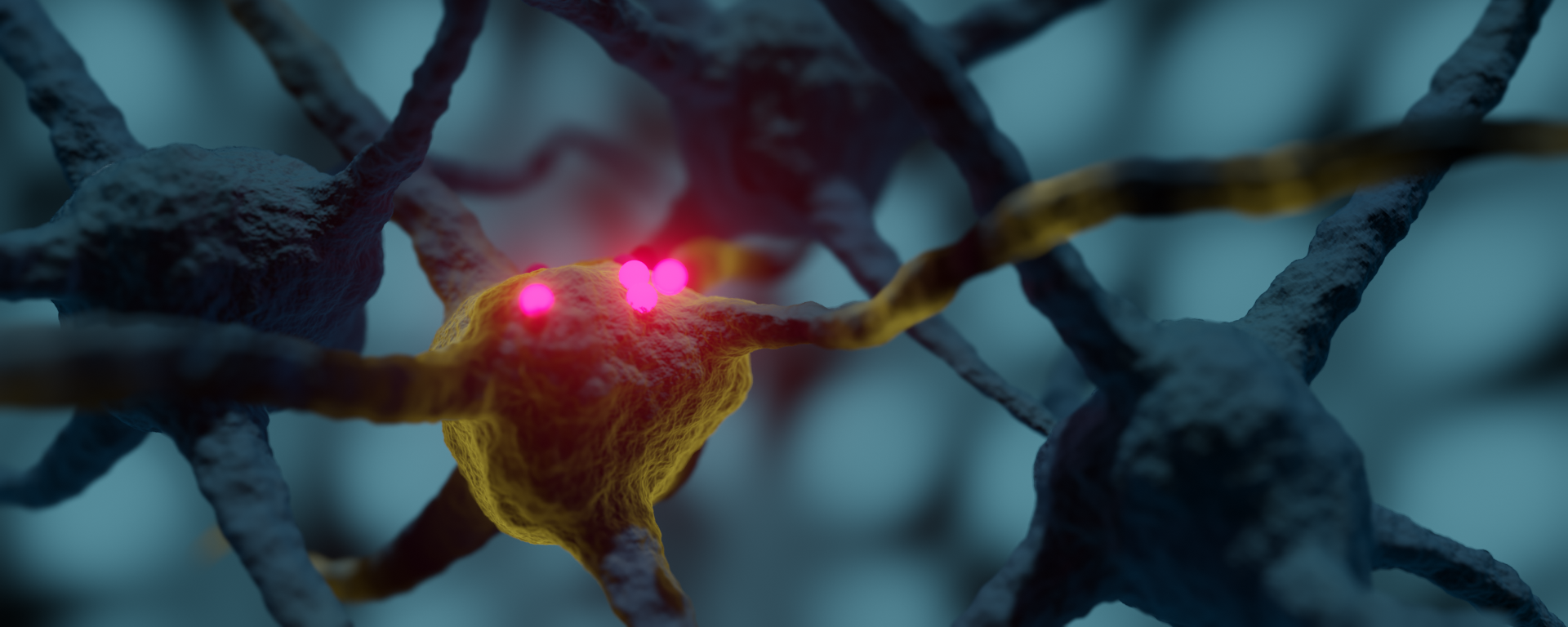Liquid retina is an innovative medical device based upon polymers and nanotechnologies.
The main materials used are polythiophenes: a special class of plastics able to absorb light and transform it in electrical charges.
These materials are assembled to form very small spherical particles having a diameter which is a 200th of a hair.
Each particle does not only retain the ability to transform light into an electrical charge, but is also small enough to be mixed in water or in a biocompatible liquid.

Liquid retina is an innovative medical device based upon polymers and nanotechnologies.
The main materials used are polythiophenes: a special class of plastics able to absorb light and transform it in electrical charges.
These materials are assembled to form very small spherical particles having a diameter which is a 200th of a hair.
Each particle does not only retain the ability to transform light into an electrical charge, but is also small enough to be mixed in water or in a biocompatible liquid.

Liquid retina is composed by these nanoparticles dispersed in a liquid accurately formulated for biological applications. It comes as a colored liquid injectable below the retina by a surgeon.
Once the device is injected, the nanoparticles composing it are free to diffuse inside the retina area where they come in contact with the residual neurons that are not degenerated by the illness.
Inside the eye, the nanoparticles are stable and fixed in position.
Due to this, liquid retina can cover the entire tissue without the needing of multiple surgical interventions.

Liquid retina is composed by these nanoparticles dispersed in a liquid accurately formulated for biological applications. It comes as a colored liquid injectable below the retina by a surgeon.
Once the device is injected, the nanoparticles composing it are free to diffuse inside the retina area where they come in contact with the residual neurons that are not degenerated by the illness.
Inside the eye, the nanoparticles are stable and fixed in position.
Due to this, liquid retina can cover the entire tissue without the needing of multiple surgical interventions.
Nanoparticles can absorb light and stimulate the neurons they are contacting through charge generation.
The device has been tested on a model of retinitis pigmentosa wher it proved its efficacy up to 9 months after the implant. In the examined model, the vision recovery was almost complete

Nanoparticles can absorb light and stimulate the neurons they are contacting through charge generation.
The device has been tested on a model of retinitis pigmentosa wher it proved its efficacy up to 9 months after the implant. In the examined model, the vision recovery was almost complete

